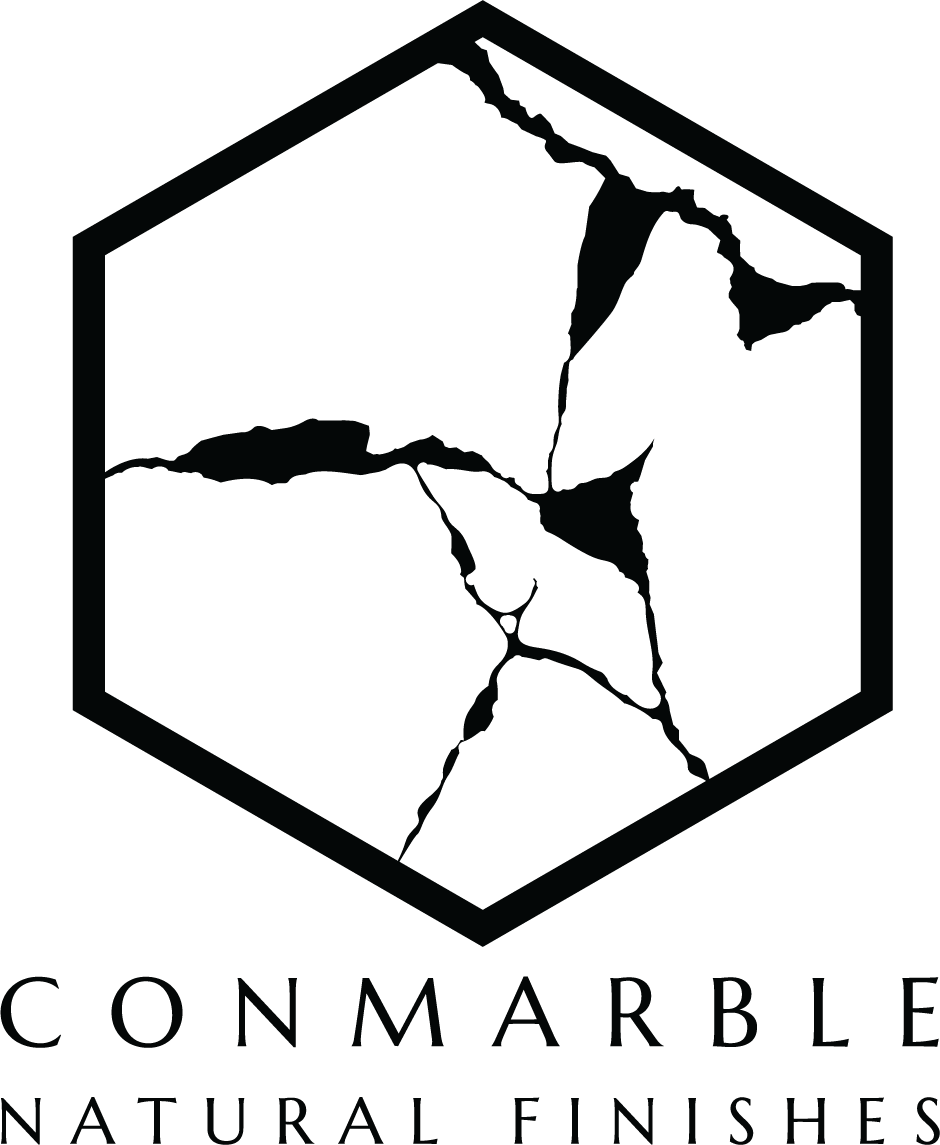Eco-Friendly Microcement
- محمد عصام
- Oct 2
- 2 min read
As sustainability becomes a core value in design and construction, more homeowners and architects are looking for eco-friendly materials that combine aesthetics with responsibility. One standout option is microcement. Known for its seamless finish, durability, and adaptability, microcement has evolved into a sustainable choice for modern interiors and exteriors.
In this guide, we’ll explore everything about eco-friendly microcement, including how it aligns with green design principles, its modern microcement wall designs, costs, comparisons with tiles, and real-world applications.
Read more : microcement walls

What Is Eco-Friendly Microcement?
Microcement is a thin decorative coating composed of cement, resins, mineral pigments, and additives. Unlike traditional construction materials, it:
Requires less raw material because it is applied in thin layers (2–3 mm).
Can be installed over existing surfaces, reducing demolition waste.
Uses formulations with low VOC emissions (depending on manufacturer).
Why Choose Eco-Friendly Microcement?
Sustainable Benefits
Low Waste: Applied directly over tiles, plaster, or concrete.
Longevity: Lasts up to 20 years with proper care, reducing replacement frequency.
Energy Efficiency: Works well with underfloor heating, improving heat distribution.
Natural Look: Mimics stone or concrete without the heavy carbon footprint.
Aesthetic Advantages
Seamless wall coating with no grout lines.
Customizable finishes: textured microcement, matte, or satin.
Suitable for bathrooms, kitchens, and feature walls.

Applications of Eco-Friendly Microcement
1. Microcement Bathroom Walls
Bathrooms benefit greatly from eco-friendly microcement:
100% waterproof with the right sealant.
Eliminates mold-prone grout lines
Creates a spa-like, minimalistic feel.
2. Kitchens and Backsplashes
Eco-friendly microcement is resistant to stains and heat, making it ideal for kitchens
3. Living Room Feature Walls
A microcement feature wall adds depth while maintaining a sustainable design.
4. Exterior Walls
Modern eco formulations offer UV protection and weather resistance, perfect for outdoor facades
Read More : Microcement Exteriors
Microcement Finishes
Eco-friendly microcement comes in different styles:
Textured Microcement – Adds depth and a natural touch.
Matte Microcement – Understated and contemporary.
Satin Microcement – Slight sheen for a refined, luxurious effect.
Cost of Eco-Friendly Microcement
The microcement cost varies depending on:
Size of the project.
Surface preparation needed.
Choice of finish (textured, matte, satin).

Modern Eco-Friendly Microcement Wall Designs
Minimalist Interiors – Neutral eco finishes with natural wood accents.
Industrial Style – Grey-toned microcement walls with exposed lighting.
Luxury Bathrooms – Satin microcement for spa-like sophistication.
Sustainable Homes – Eco microcement walls paired with lime plaster or clay plaster.
Challenges & Considerations
While eco-friendly microcement offers many advantages, consider:
Requires Skilled Application: Improper installation may cause cracks.
Higher Upfront Cost than paint or tiles.
Sealing Required: Eco sealants must be applied to guarantee water resistance
Trends in Eco-Friendly Microcement (2025)
Warm Earthy Shades (beige, sand, clay).
Biophilic Design: Combining green walls with microcement finishes.
Hybrid Coatings: Microcement mixed with lime or clay plaster for sustainability.
Smart Integration: Paired with hidden lighting systems.
Eco-friendly microcement is more than a design trend—it’s a responsible, stylish solution for modern interiors. From seamless bathroom walls to sustainable exterior facades, it combines aesthetics with environmental care



Comments